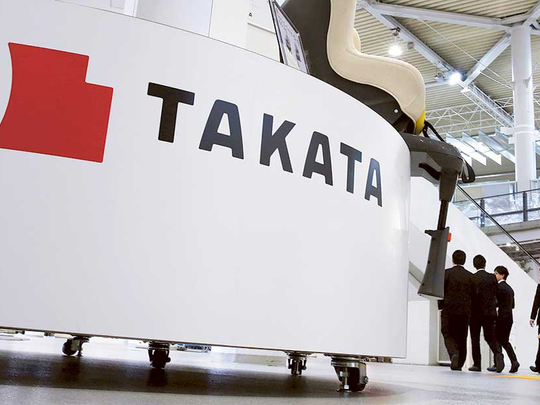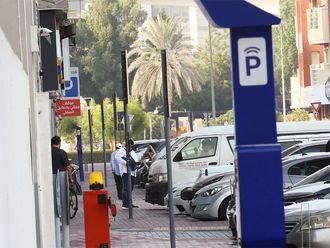
Dubai: A massive vehicle recall that started a while back due to faulty airbags is again in effect in the UAE, and this time owners of luxury cars may have been affected.
Car distributor Al Futtaim Motors confirmed on Thursday that it is including several models of Lexus vehicles in its special service campaign that kicked off last year. The affected vehicles are: RX (2011), CT200t (2010 – 2012), SC430 (2001-2003), IS (2006 – 2011), ES (2006 – 2012).
The units are the latest to be affected by a global recall, which started as far back as 2014, involving defective Takata airbags which were earlier blamed for a number of deaths on the road.
Several automakers have already issued recalls following reports of several deaths that have been linked to the inflators in the airbags. It is believed that the faulty part could deploy improperly during a car crash and fire shrapnel at car passengers.
Al Futtaim Motors said its latest advisory is related to the Takata airbag recall and “serves [as] a reminder for customers to come and have their vehicles checked based on a special service campaign” it started last year.
Just last March, the distributor started a similar campaign involving 39,294 vehicles in the UAE, including Toyota Corolla My 2010 to 2013, Yaris MY 2012 and Alphard MY 2011 and 2013.
“The previously shared service campaign emphasizes on the fact that the affected vehicles are equipped with a front passenger airbag inflator which contains a compressed gas and propellant to inflate the airbag,” the company said on Thursday.
“There is a possibility that during the manufacturing process, some inflators may have been improperly welded and/or misassembled, which may allow the stored compressed gas to be released into the inflator, resulting in partial inflation of the airbag without a deployment command.”
“This may occur when the vehicles are parked and unoccupied for a period of time.”












